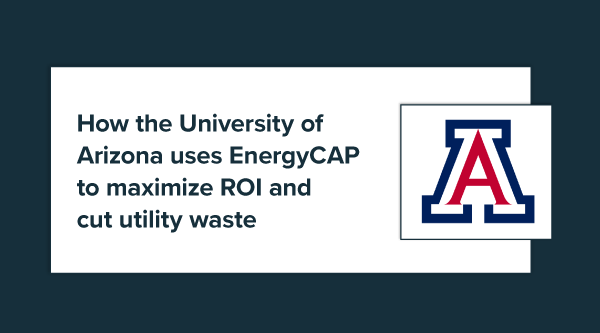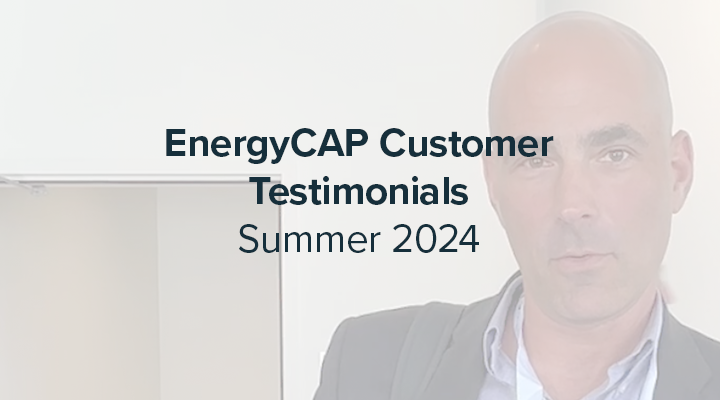Matthew Cherrin // University of New Mexico
“If you're in need of getting away from manual entry and want to speed up your billing process and find easy ways to create reports so that you can see annual budgets or energy usage within buildings, EnergyCAP is your answer for that.”
Tell us about yourself.
I’m Matt Cherin, a vice president of Level Energy Incorporated at the University of New Mexico.
What was life like before EnergyCAP?
Before we had EnergyCAP, we did have interval data and we were getting the monthly bills, but we didn’t have a really organized structure of how to maintain that data. What EnergyCAP does is it allows us to click in our process so that we can get the data into the database a lot quicker and that it can actually tell us the story of what’s happening in a building or in the university campus wide
What’s the biggest benefit of EnergyCAP?
The biggest benefit for us is that it’s been a way to have everybody look at the same platform and we’re able to create reports in an extremely quick way to send out that data to the responsible party so that we can see why they might be using more energy or why they might be using less energy if they’ve done a big project in that building. And so it’s really been a feedback mechanism that’s encouraging people to save as much energy as possible within the buildings. And before that, before EnergyCAP, there was just like a monthly bill that went out and people weren’t being able to see how it was affecting them on an annual basis.
What sort of impact have you seen since implementing EnergyCAP?
Well, since our program started and we’ve been using EnergyCAP, we’ve had a 25.6% reduction in total energy usage. We’ve saved over $130,000,000 in cost avoidance. So I think energy cap has really been kind of the backbone of calculating that data for us to come up with these numbers. And there’s been extreme we’ve had over 300,000 metric tons of CO2 that we’ve helped remove from the atmosphere. So there’s definitely an environmental impact that EnergyCAP has helped us calculate.




